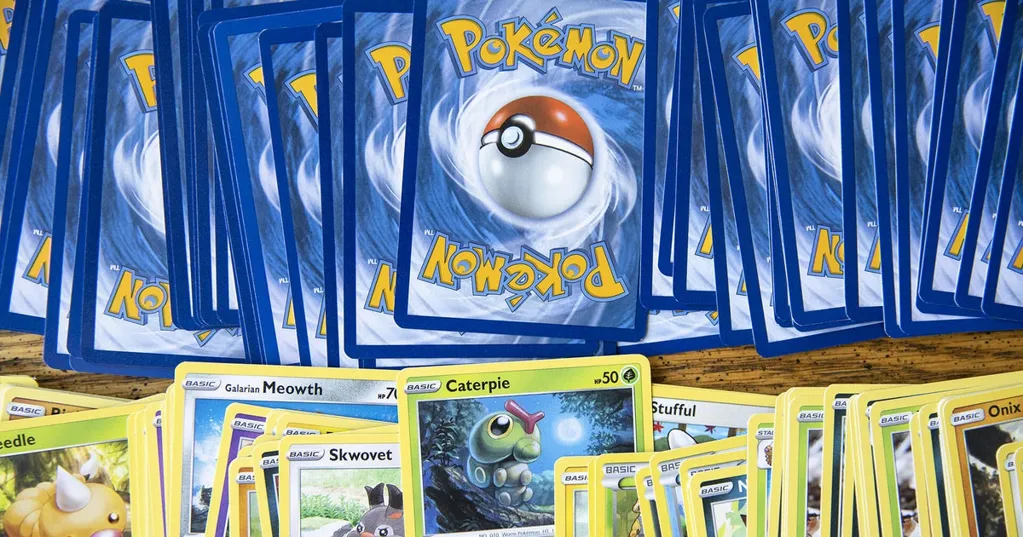When Pokémon cards burst on the scene in the late 1990's, most players and collectors never expected that they could be worth thousands of dollars 25 years later. According to a Wall Street Journal article, some Pokémon cards have had a more than 3,000% return on investment since 2004, smashing the growth of the S&P 500 over the same time.
"It's crazy because people bought Pokémon cards as a playable game as kids. You made a $4 to $5 investment on a pack of cards," said Rod Crochiere, owner of Pokémon Trainer Universe, a card shop in Franklin, Massachusetts. "Those cards you would pay a couple of dollars for, 25 years later, those cards are thousands of dollars."
Pokémon cards are a game that people play and compete with in tournaments. The game is what fuels its continuation, but the money comes from collecting.
"The beginning of the pandemic is what caused people to go out in their attics to look for cards they had. They needed something to do, so they started getting back into Pokémon," said Crochiere. "The beginning of the pandemic, the cards were pretty much at their lowest, and at the end of the pandemic, they were at their highest they have ever been."
In the hobby, quality is king. Professional grading companies will grade cards on their condition, and typically that is on a 1-10 scale. A mint condition 10 grade will fetch the most money.
"You're getting graded perfect examples of those cards, so the population of these cards is very low. Because of the fact that nobody took care of their cards, a lot of the cards came back as lower grade cards," said Crochiere explaining the rarity of some cards. "For example, if you have a binder card that a kid kept, it's maybe going to be a 3 or a 4, or maybe a 5 on a 1-10 on a grading."
In 2020, Youtuber Logan Paul famously purchased a Pokémon card from another collector for $150,000. His card, a 10-grade, 1st Edition Charizard, is considered the holy grail of Pokémon cards. Crochiere says influencers and streaming celebrities like Paul can make the value of a certain card temporarily shoot up just from their video content.
"People in the audience will go out and find those cards, and they want to share the same excitement and have the same cards at times," said Crochiere.
At Crochiere's shop, he also has sealed packs of cards dating back to the late 1990's. One of these sealed packs can cost thousands of dollars, and people buy them hoping to land a rare, old card that has been protected in the packaging for decades. Some people even test the packs.
"When you weigh packs, it will tell you if it's a good pack or a bad pack," said Crochiere.
The most expensive cards have a holographic foil on that artwork that makes them shiny and attractive. Crochiere said that foil can add to the weight of the card inside and offset the overall weight of a pack.
"The cards that were holographic were originally the desirable cards because they are shiny, and people just like shiny cardboard," said Crochiere.
Now collectors can sell those holographic cards as a down payment on a home.
